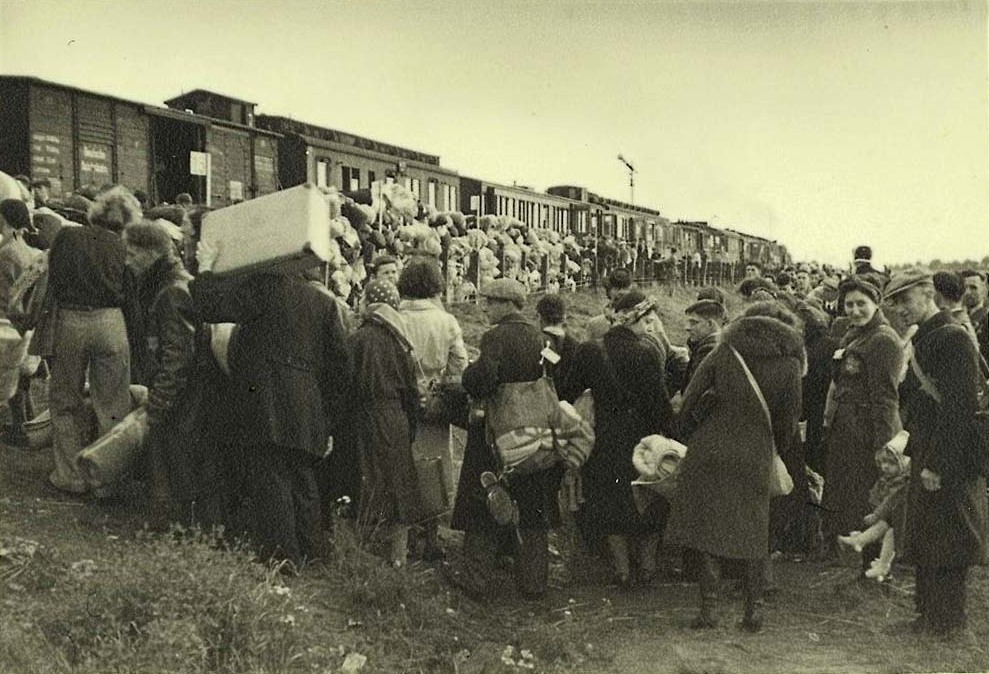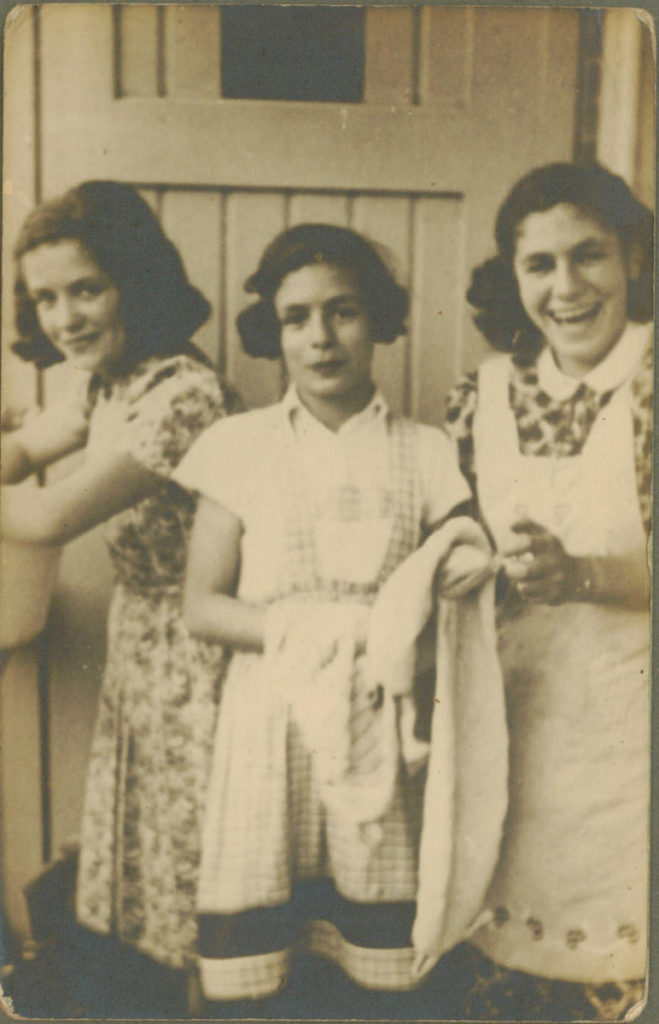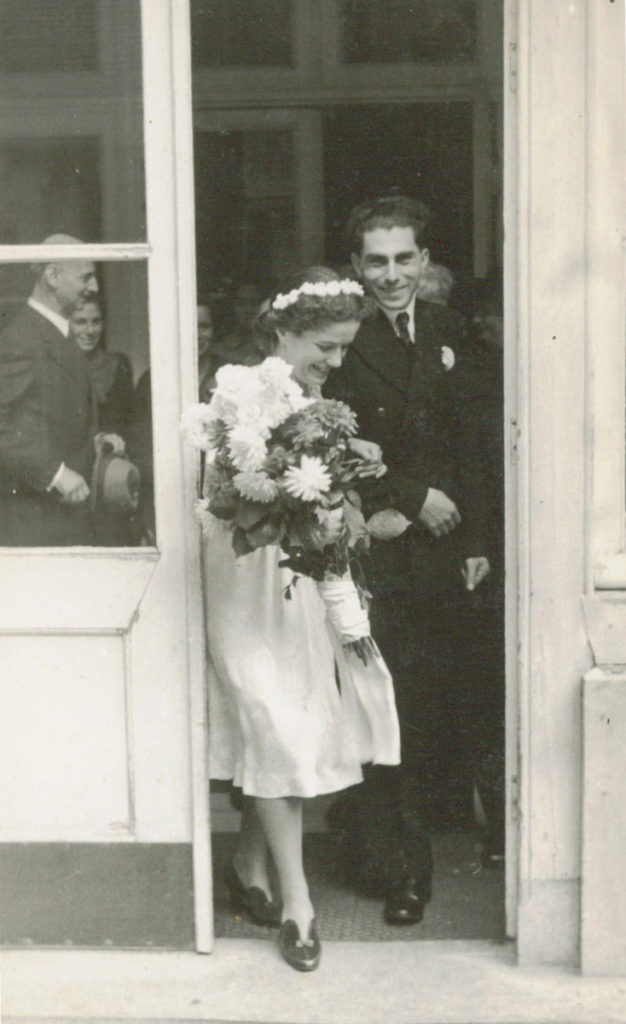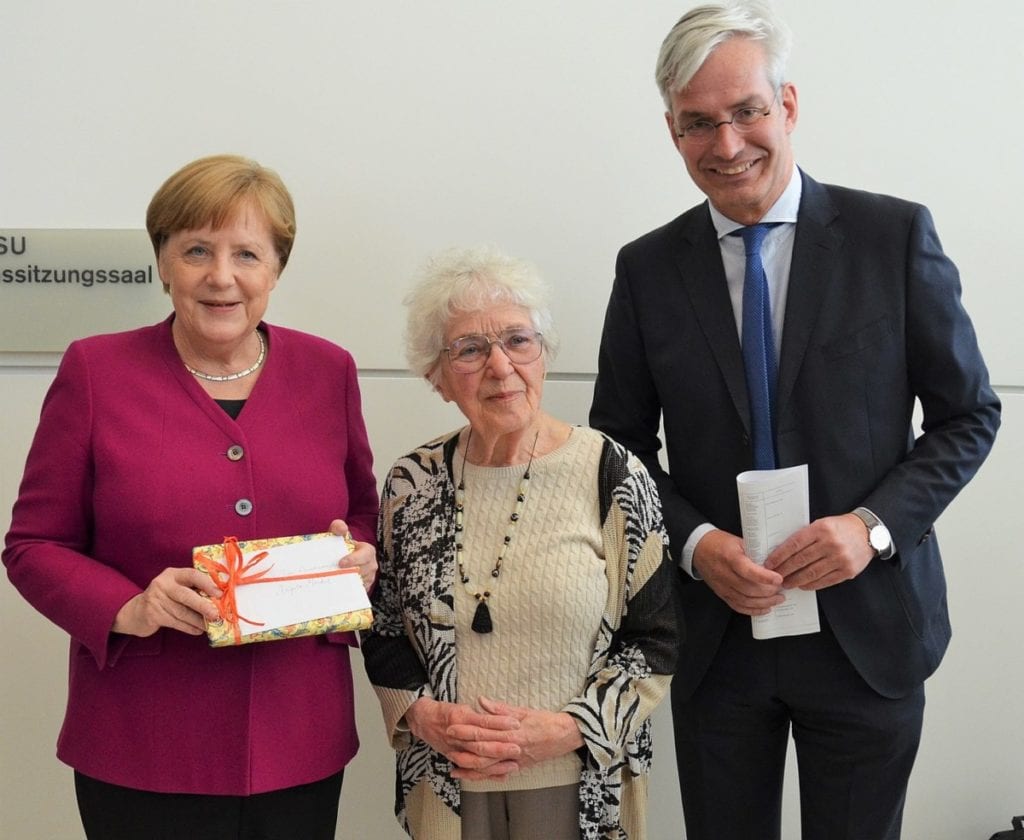Between 1942 and 1945, more than 100,000 Jews were deported from the Netherlands to concentration camps. Only 5,200 survived and Laureen Nussbaum and her family were some of the lucky ones. At age 92, she has written a book entitled “Shedding Our Stars” to document her extraordinary life.
The book interweaves her own life experiences and relationship with Anne Frank with the story of a German lawyer named Hans Calmeyer who took enormous risk and used his power to save roughly 3700 Jews from deportation and death.
How did Laureen become friends with Anne Frank?
At age 92, Laureen is one of the few remaining people who personally knew Anne Frank.
Laureen and her family first met the Franks in Frankfurt but were not that close. As Germany became increasingly anti-Semitic, the Nussbaum’s decided to move to Amsterdam and ended up in the same neighbourhood as the Franks, who also moved to the Netherlands. When recalling their time spent together, Laureen vividly remembers Anne acting in a play she directed in her parents’ home. She muses “(Anne) was alert and lively and learned her lines quickly. I had no idea that she would become famous!”
Hans Calmeyer: the unsung lawyer who saved thousands of Jews lives
We’ve all heard of Schindler but probably not Hans Calmeyer, the German lawyer who saved double the amount of lives that Schindler did.

During the Nazi occupation of the Netherlands from 1940 to 1945, all Jews were forced to register the religion of their grandparents. Hans Calmeyer successfully argued that individuals should be permitted to challenge their Jewish status if it could not be proven that their grandparents were Jews. The Reichskommissar made decisions on behalf of people who challenged their Jewish ancestry and requested to be aryanised. Calmeyer, as head of the commission, adjudicated over 5600 cases and accepted two thirds of them, many of which were knowingly falsified.
Yet Calmeyer still rejected many racial reclassification cases, despite knowing this would seal a person’s tragic fate. Some people have questioned, why did he not save more people? Laureen addresses this in the book and explains that if Calmeyer accepted every application, this would undermine his credibility and most likely result in him being fired and prevented him from doing any good at all. Laureen says even after all Calmeyer did he never believed he achieved much.
One might wonder, does everyone have the courage to live as nobly as Hans Calmeyer? Laureen affirms “Hans Calmeyer was the exception rather than the rule”. He reflected upon and scrutinised what was important in life and stuck by his convictions.

A stroke of luck that lead to the very different fates of the Klein and Nussbaum families
Laureen and her family claimed that Mrs. Klein was not Jewish, meaning the children were only half-Jewish. Hans Calmeyer accepted this dubious case and “aryanised” Laureen and her family. This decision changed the course of their path and resulted in a very different fate to those living around them.

The Frank family were one of the unlucky families and went into hiding in the secret annex located on Prinsengracht in 1942. They hid there for two years until German soldiers stormed the apartment and transported each of them to various concentration camps. The only survivor from the Frank family was the father, Otto Frank. Contrasting the very different fates of the Klein and Frank families shows the barbaric nature in which thousands of Jews were murdered and the stroke of luck involved which saved others’ lives.
“We owed it to those who had been less lucky to make something positive out of our life together”
With this in mind, Laureen and her husband Rudi realised how precious life was. They both “felt that we had to incorporate the thwarted hopes and good intentions of the victims into our lives and decided to make a conscious and sustained effort to do that”.
Laureen and her husband Rudi remained close to Anne Frank’s father and this special bond was demonstrated when he was chosen as the best man at the Nussbaum’s wedding in 1947.

Overcome the discomfort and ask people about their grief
When Laureen and her husband moved to America, she says what she
“missed were in-depth conversations. No one asked how we had survived the war, which seems so far from the American shores.” She stresses how important it is to not shy away from asking people difficult questions and to push through the discomfort you may feel and let them “know that you care”.
Never succumb to the bystander effect
Calmeyer teaches us that evil can be resisted not necessarily by force, but by clever subterfuge. We must never get complacent and succumb to the belief that there is nothing we can do to help.
Laureen stresses this when she says “There is nothing as pernicious as the lame excuse: “What can I as an individual do?” People can undermine evil by sabotaging it and most of all, by banding together against it”.

Shedding Our Stars: A Story of Hans Calmeyer and How He Saved Thousands of Families Like Mine by Laureen Nussbaum is available to buy now.
Feature Image: Rudolf Breslauer/Wikimedia Commons

